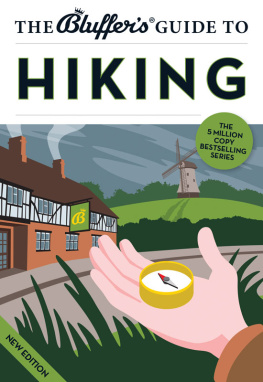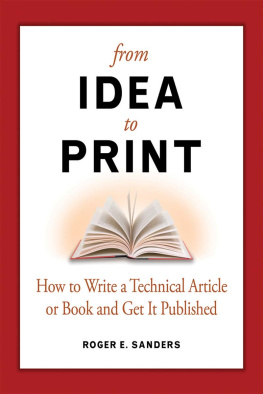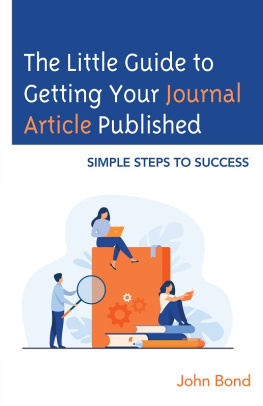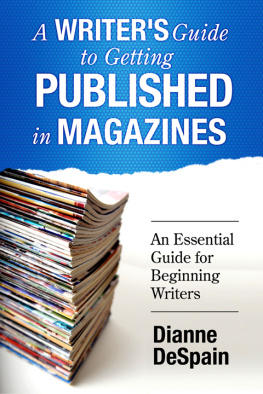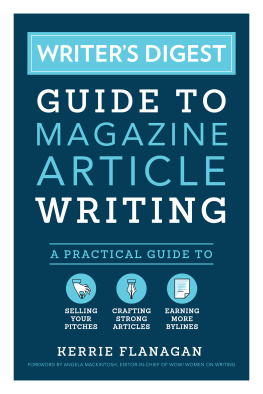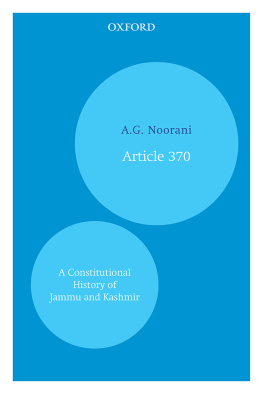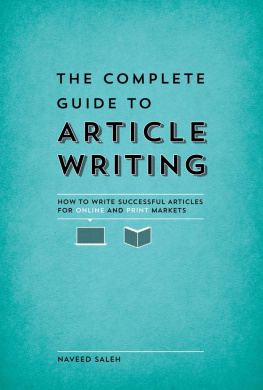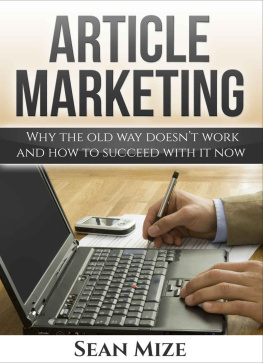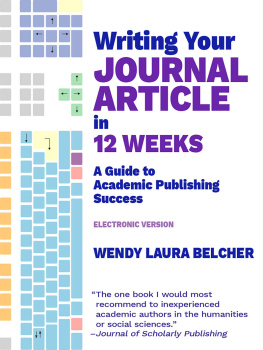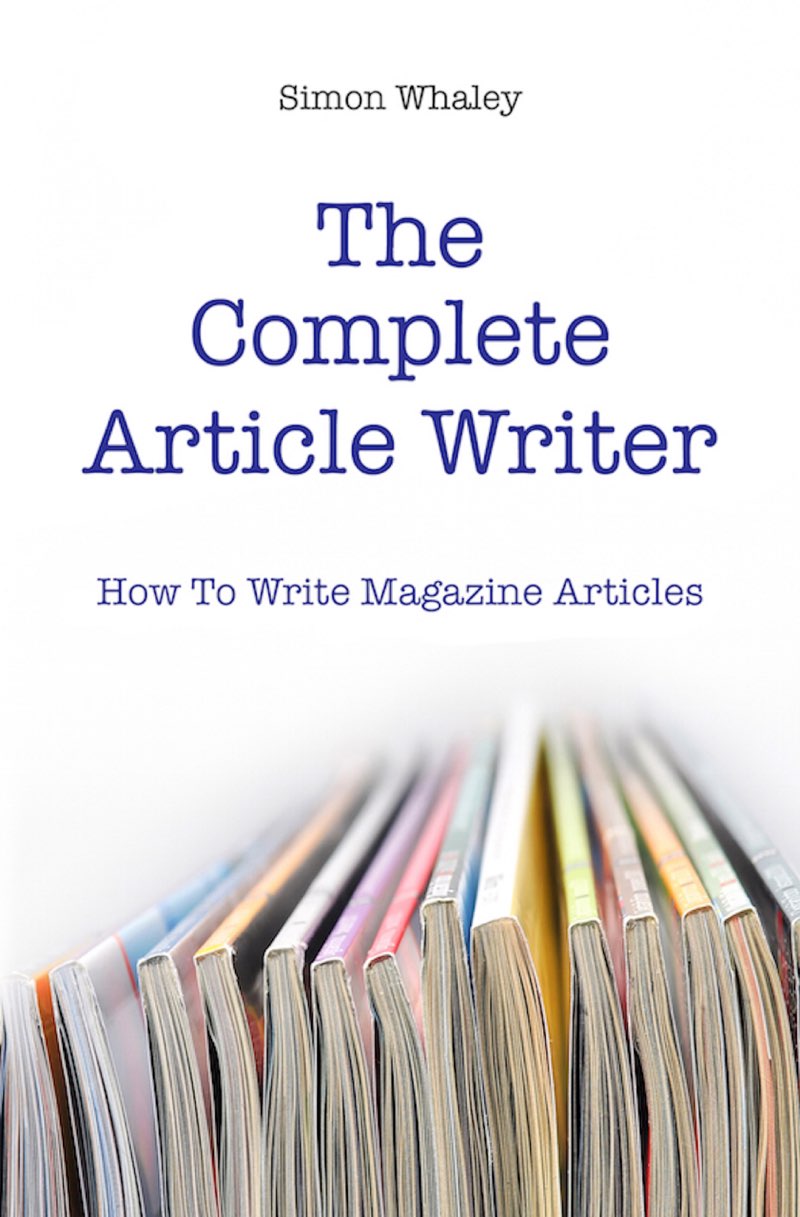All rights reserved.
No part of this book may be reproduced in any form or by any electronic or mechanical means, including information storage and retrieval systems, without written permission from the author, except for the use of brief quotations in a book review.
Enquiries concerning reproduction outside the scope of the above should be sent to the author, who can be contacted by email at
Other Books by Simon Whaley
One Hundred Ways For A Dog To Train Its Human
One Hundred Muddy Paws For Thought
Puppytalk: 50 Ways To Make Friends With Your Puppy
Fundraising For A Community Project
Best Walks in the Welsh Borders
The Little Book of Alternative Garden Wisdom
The Bluffers Guide to Hiking
The Bluffers Guide to Dogs
The Positively Productive Writer
Photography for Writers
Ten Teatime Tales 1
Ten Teatime Tales 2
Running A Writers Circle
The Bluffers Guide to Banking
Wunderlist for Writers
The Business of Writing - Volume 1
The Business of Writing - Volume 2
Introduction
Stand in front of the magazine shelves in any large store and the chances are youll see hundreds, if not thousands of publications, ranging from quarterlies, monthlies, weeklies and even the daily newspapers. Although if, like me, youre over six feet tall you may have to get down onto your hands and knees to see the publications on the bottom shelf. (Why do shops do that?) But consider this as a mere ink spot in the inkwell of publishing opportunities, for there are hundreds of thousands of publications, ranging from freebie magazines given away in supermarkets, banks and other retailers to in-house publications produced to keep staff informed in companies up and down the country.
Now, take a step back (without knocking into the shelf of magazines behind you) and reconfigure what you see before you. Dont think of them as individual publications. Instead, think of them as collections of articles. Every single article was written by someone. And tomorrow the daily newspapers need another batch of articles, next week the weeklies will need filling with new material, next month the monthlies will need a complete change of articles and in three months time the quarterlies will need new features too.
The article market is HUGE. Dont believe me? Go to your nearest library and, in the reference section, check out The Willings Press Guide. Youll find it comes in a couple of volumes, covering the whole world. Its primary readership are advertising companies, but if youre looking for magazines covering a specific subject matter (such as footballing leprechauns) then this is where youll find it. (Footballing leprechauns may be taking the point a bit too far here, but you get my drift.) In fact, just spending a couple of hours browsing through the Willings Press Guide can be some of the best time spent. These volumes prove that what your nearest news-store carries on its shelves is merely a snapshot of whats available out there.
So, the article market is vast. Yes, there are some publications that are easier to break into than others, and this book will show you how to assess that. Having said that, if you have the perfect idea for a particular magazines readership no editor worth their salary will dismiss you. Of course, you may need to work harder to get them to consider your idea, but dont let the glossiness, or the celebrity-named writers regularly published within it, put you off from approaching them.
Writing articles is one of the easiest ways to break into print. If you want to get a novel published you have to write at least 80,000 words before you can even begin approaching editors or agents. Although you can sell a non-fiction book idea to a publisher with the first 5,000 words, you may still need to write another 45,000 words before you get close to seeing the finished published product. For both of these you could be looking at a couple of years between starting to write the book and holding the printed copy in your hands.
Articles are quicker. Submit your work to a monthly publication and it may appear in print within eight weeks. Weekly publications can use material quicker, dailies even sooner. But you need to time your submissions appropriately.
You dont need a degree in media studies to write an article. You just need to be knowledgeable in the subject matter youre writing about. And, believe it or not, were all experts in something, even if it is the ten best things to do on a lazy Sunday in your pyjamas.
What Is An Article?
Firstly, an article is a piece of non-fiction. Its not a short story, although, confusingly, some sections of the media do refer to non-fiction pieces as a news story. Whilst it is possible to be creative with non-fiction, an article draws upon real life. It deals with truth and facts.
Sometimes you may come across the term feature. Both terms are often used interchangeably, although in some areas of the media the article is seen as the main body of text, whilst a feature includes everything else that accompanies it, such as photos and further information sections, like contact information, website addresses and useful telephone numbers.
Theres no hard-and-fast rule about how long an article is. Those whove been writing articles for many years moan that theyre getting shorter (the articles, that is, not the writers). A publication that may have used 1500-word pieces ten years ago may now only use 1,000-word pieces, or even 800-words. Thats not to say that publications dont accept longer articles. Many do. Some history magazines, for example, use pieces of up to 5,000 words. Yet there are many other publications that only use articles of 600 words. Its not all about space either. A magazine might prefer 900 words for their one page articles, but only want 1200 words for their two-page (double-page spread) pieces. (Its because they may use more photos for a double-page spread.)
Although in this book Im discussing writing primarily for the magazine market, newspapers use articles too. Indeed, some of my own articles have appeared in the national press. (Be warned of newspaper photographers who turn up with a wide-angle lens. Whilst it didnt distort my text, when the piece was published my eyes kept being drawn to the photo of myself and the way my forehead appeared to curve into the centre of the photo.) However, articles differ from journalistic news reporting because they have a different structure. Read a newspaper story and youll see that the journalist tries to answer the six key journalistic questions in the first or first two sentences. Those six journalistic questions are:


